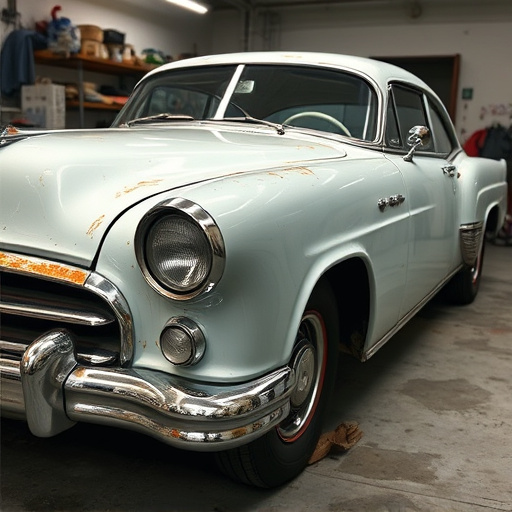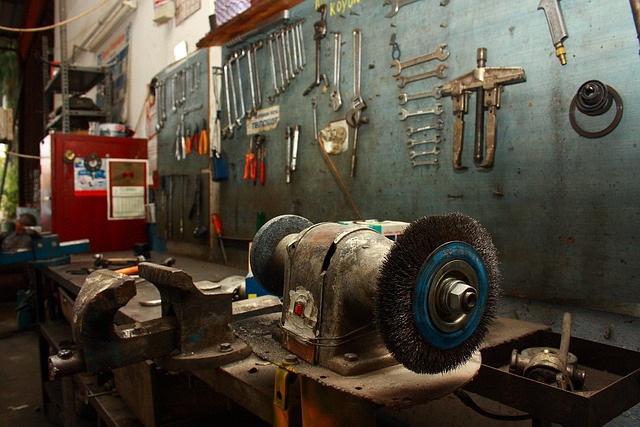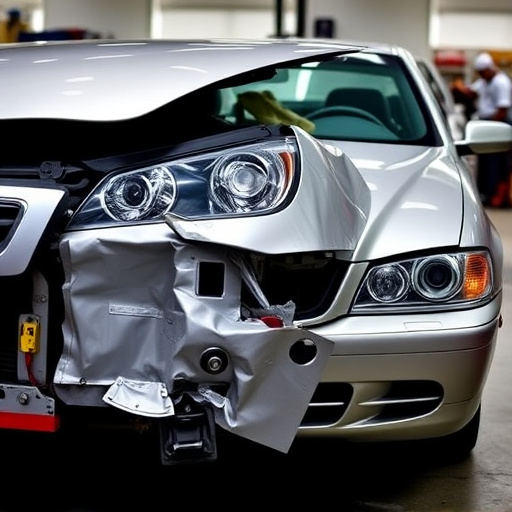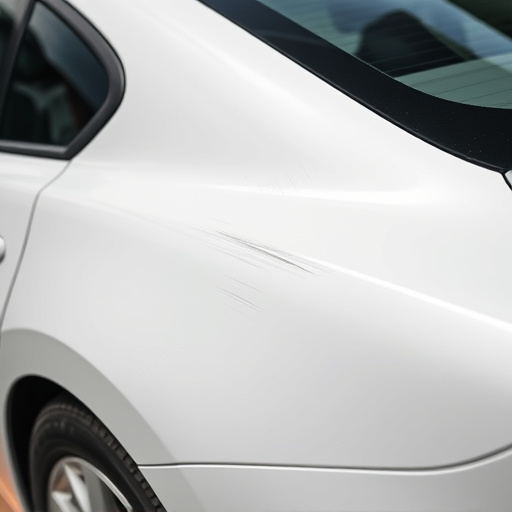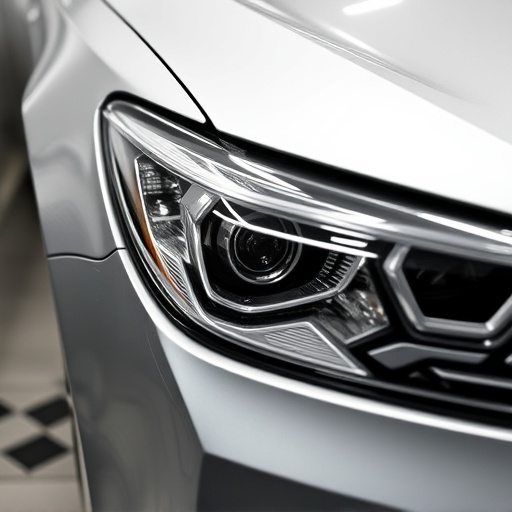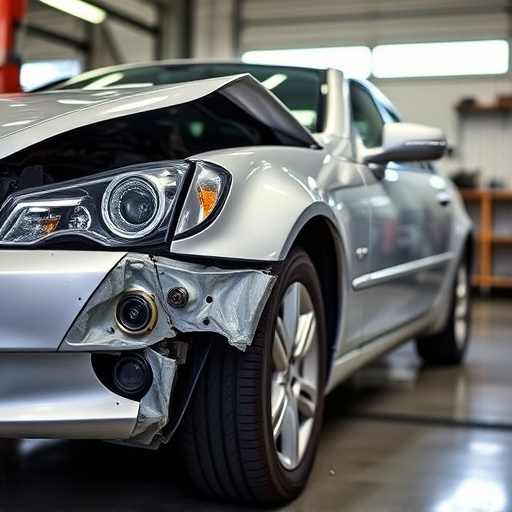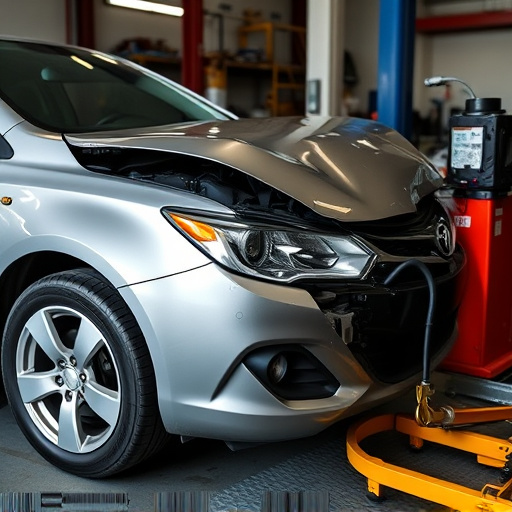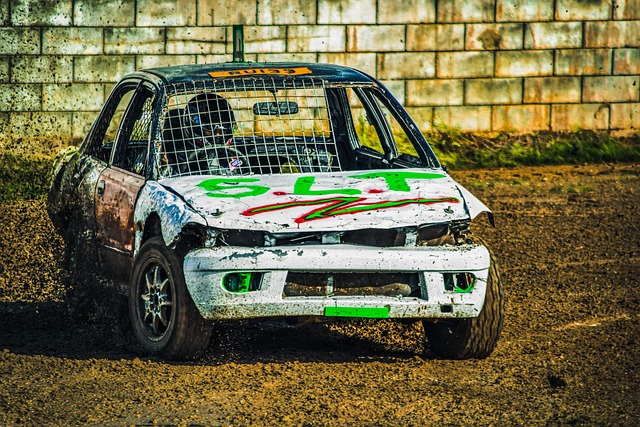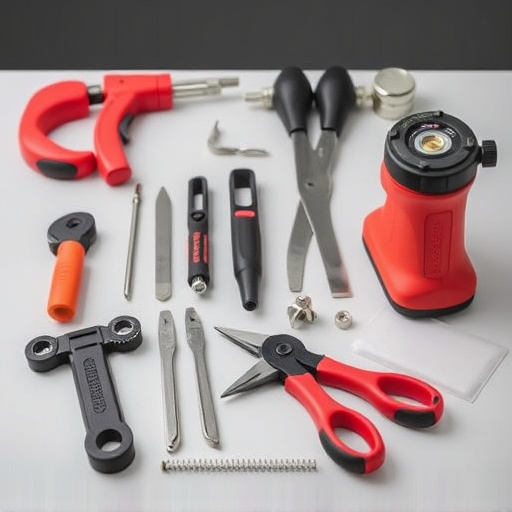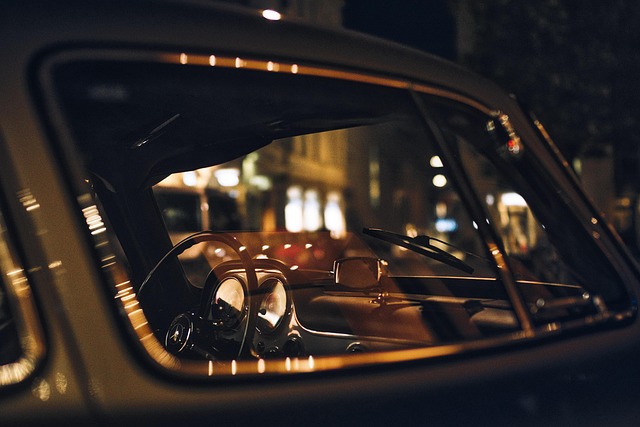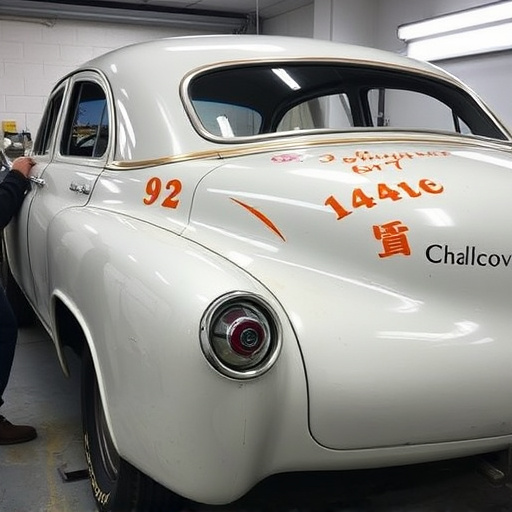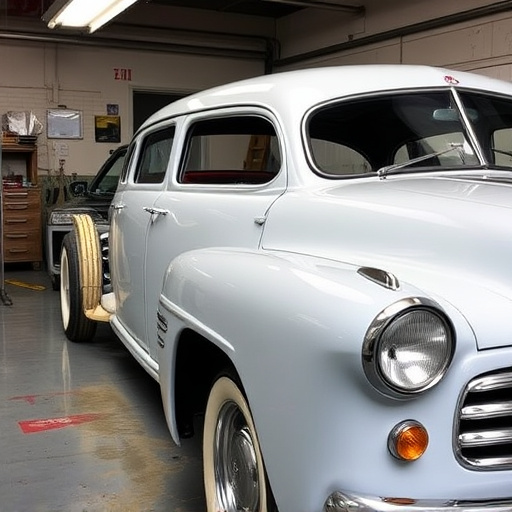Vehicle color matching standards are critical guidelines for collision repair shops and vehicle owners, ensuring repaired vehicles maintain consistent, high-quality appearances. These standards dictate how closely a new paint job should resemble the original, considering factors like brand, model, year, and environmental conditions. Proficient repair professionals use these standards to achieve accurate color matches, while understanding them is crucial for anyone undergoing vehicle repairs, from touch-ups to complete overhauls. Adhering to these guidelines enhances aesthetics, retains vehicle value, and provides satisfying results, making them essential for both shops and owners.
Vehicle color matching is a critical aspect of the automotive industry, ensuring that each car’s finish appears flawless from every angle. This article delves into the essential standards governing this process, as pros share their insights on overcoming challenges and achieving precise color reproduction. We explore factors affecting color accuracy, best practices for quality control, and the latest technologies shaping the field. Understanding these standards is vital for maintaining high-quality vehicle finishes.
- Understanding Vehicle Color Matching Standards
- – Definition and significance of color matching in automotive industry
- – Factors influencing color accuracy and consistency
Understanding Vehicle Color Matching Standards
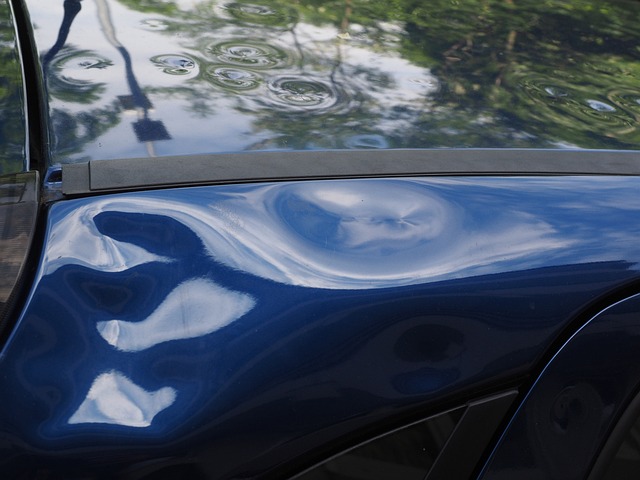
Vehicle color matching standards are crucial guidelines that ensure vehicles’ exterior appearances remain consistent and high-quality after repairs or replacements. These standards govern how close a new paint job should be to the original color, taking into account various factors such as brand, model, year, and even environmental conditions. Proficient vehicle repair professionals, including those in collision repair shops, rely on these standards to achieve accurate color matches during vehicle paint repair processes.
Understanding these standards is essential for any individual considering vehicle repairs, whether it’s a simple touch-up job or a complete overhaul at a specialized shop. By adhering to the guidelines, collision repair shops can provide seamless and satisfying results, ensuring that the repaired vehicle looks as good as new. This attention to detail not only enhances aesthetics but also retains the vehicle’s value, which is particularly important for those looking to sell or trade-in their cars in the future.
– Definition and significance of color matching in automotive industry
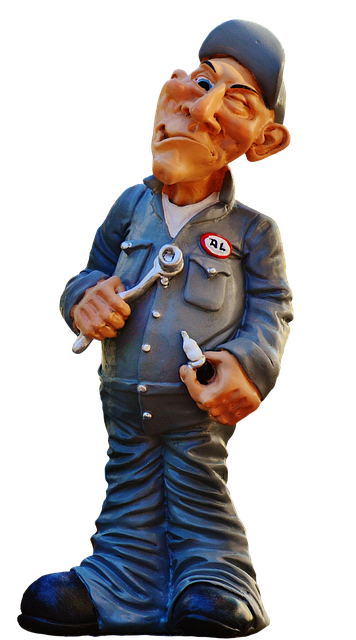
Color matching is a critical aspect of the automotive industry, ensuring that vehicles maintain their original aesthetic appeal and value over time. It involves precisely replicating or closely approximating the exact shade of paint used on a car’s exterior during manufacturing. This process is significant as it allows for seamless repairs, whether due to minor scratches, dents, or complete body work. When a vehicle undergoes a collision or regular wear and tear, professional technicians use specialized tools and expertise to match the color of the damaged area with the rest of the body, seamlessly integrating new paint with the existing finish.
Accurate color matching requires an in-depth understanding of automotive paints and their unique formulations. It involves more than just mixing pigments; it entails considering factors like base colors, gloss levels, and even environmental conditions to achieve a perfect match. Professionals rely on advanced equipment, such as color scanners and computer-aided systems, to analyze and reproduce the exact color specifications, ensuring that repairs are virtually indistinguishable from the original vehicle body (car bodywork). This level of precision is vital for maintaining the car’s overall aesthetics and market value, especially in the event of a resale or classic car restoration.
– Factors influencing color accuracy and consistency
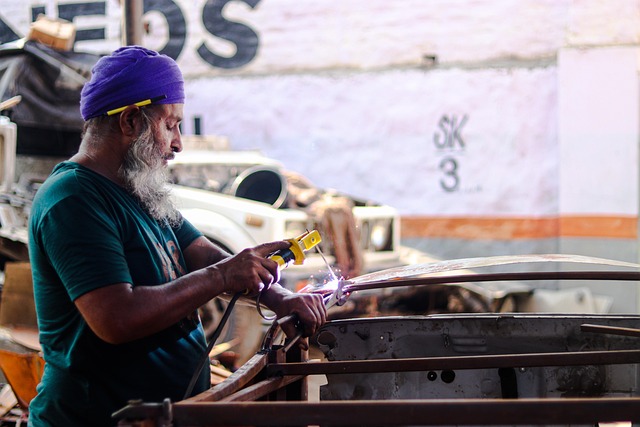
Achieving precise vehicle color matching is a complex art influenced by various factors. One key aspect is the quality and consistency of raw materials used in the painting process, such as pigments and resins. These components significantly impact the final shade, ensuring they are sourced from reputable suppliers who maintain strict quality control measures.
Lighting conditions during application also play a critical role. Different lighting settings can alter how colors appear, affecting the perception of hue, saturation, and value. Therefore, professional auto body shops calibrate their lighting to match industry standards, enabling them to accurately match vehicle color specifications regardless of ambient light.
Vehicle color matching standards are essential for maintaining aesthetic consistency and customer satisfaction within the automotive industry. By understanding the factors that influence color accuracy, professionals can ensure that each vehicle’s exterior appears as intended, creating a seamless and desirable finish. This attention to detail not only enhances the overall visual appeal but also contributes to the vehicle’s long-term value and resilience against fading or discoloration.

